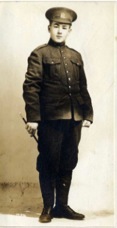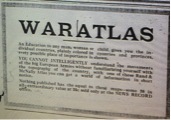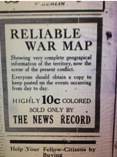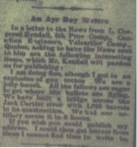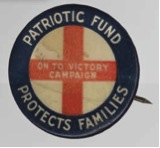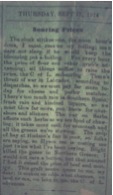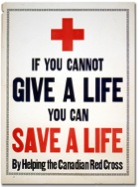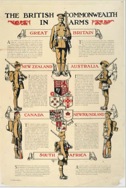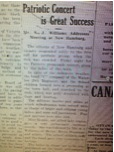As with the other communities, Hespeler became concerned about how to display its appreciation for volunteerism. On September 14th, the city council deliberated over the town’s budget. As a conclusion to the meeting the group discussed the viability of funding these troops. The Hespeler Herald reported that the town was “very favourable to the idea of insuring its troops.” This resulted in the consideration as to whether or not they could afford this act. It would not be until September 24th that the town council unanimously agreed to financially back their volunteers for the remainder of the war. In the picture is Ralph Keffer a Hespeler native who volunteered Jan 7th 1915 and died during the Battle of the Somme in 1916.
(“Insuring Volunteers,” Hespeler Herald, 10 September 1914; Picture courtesy of the Kitchener Public Library Soldier Cards Project)
